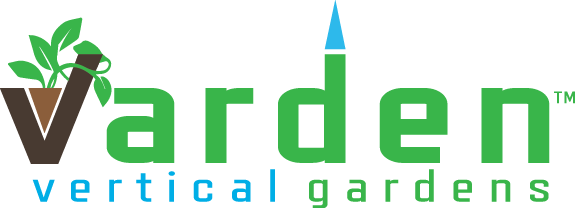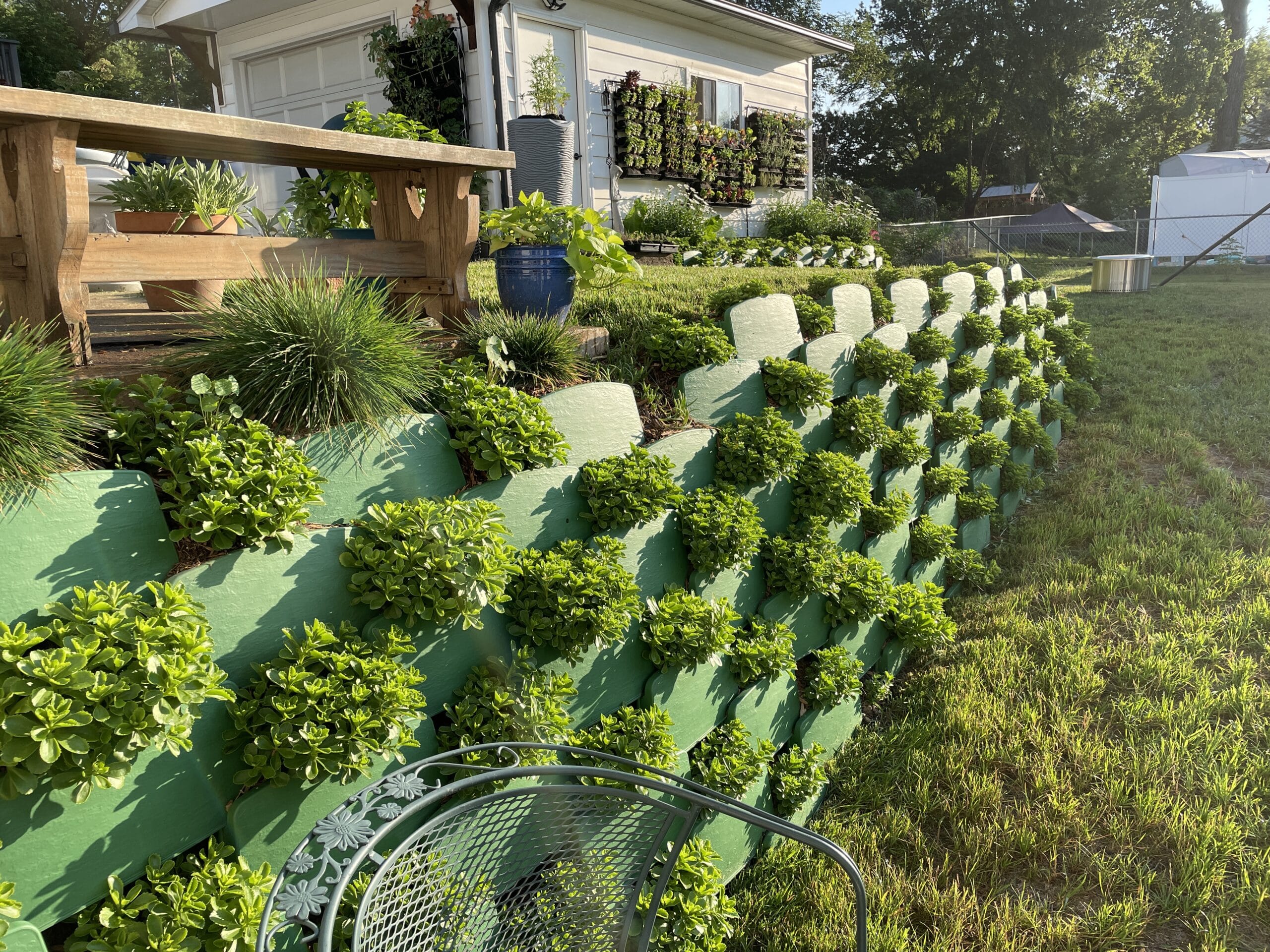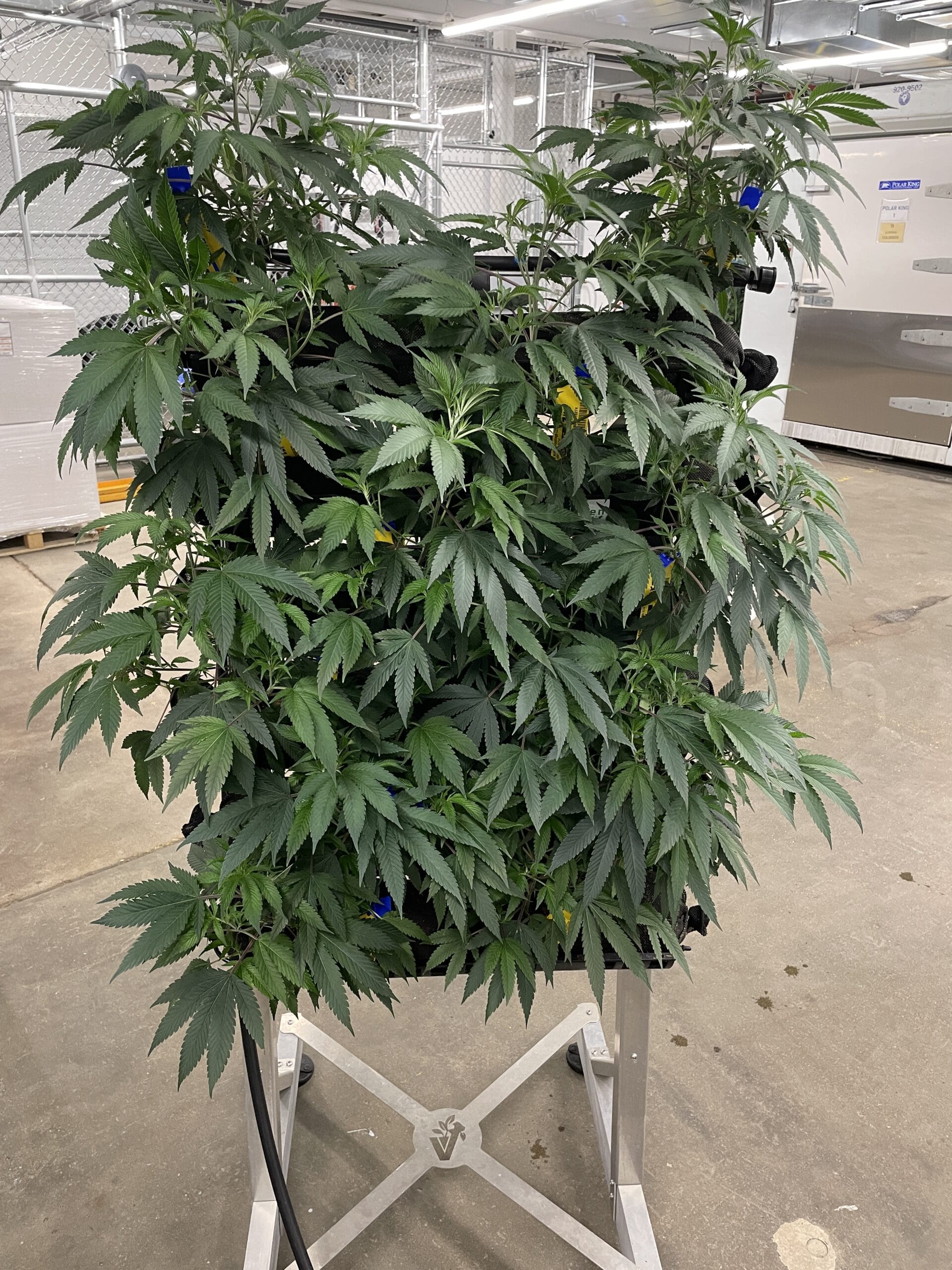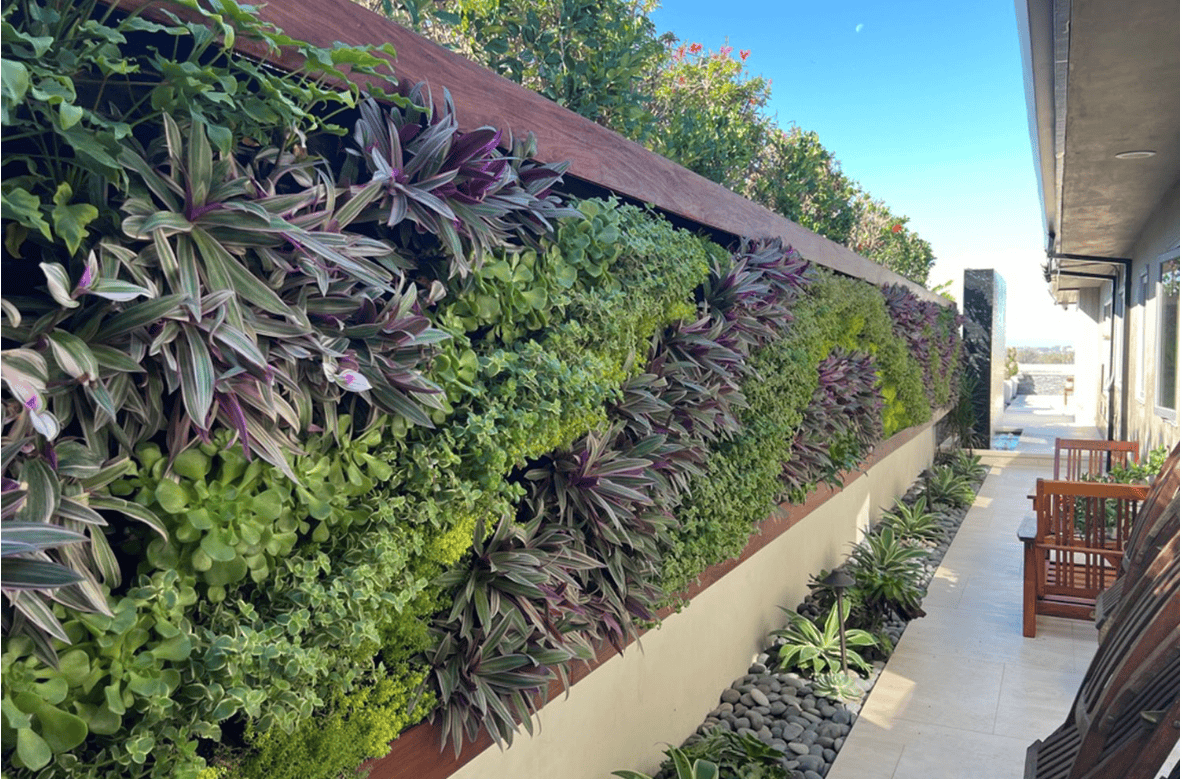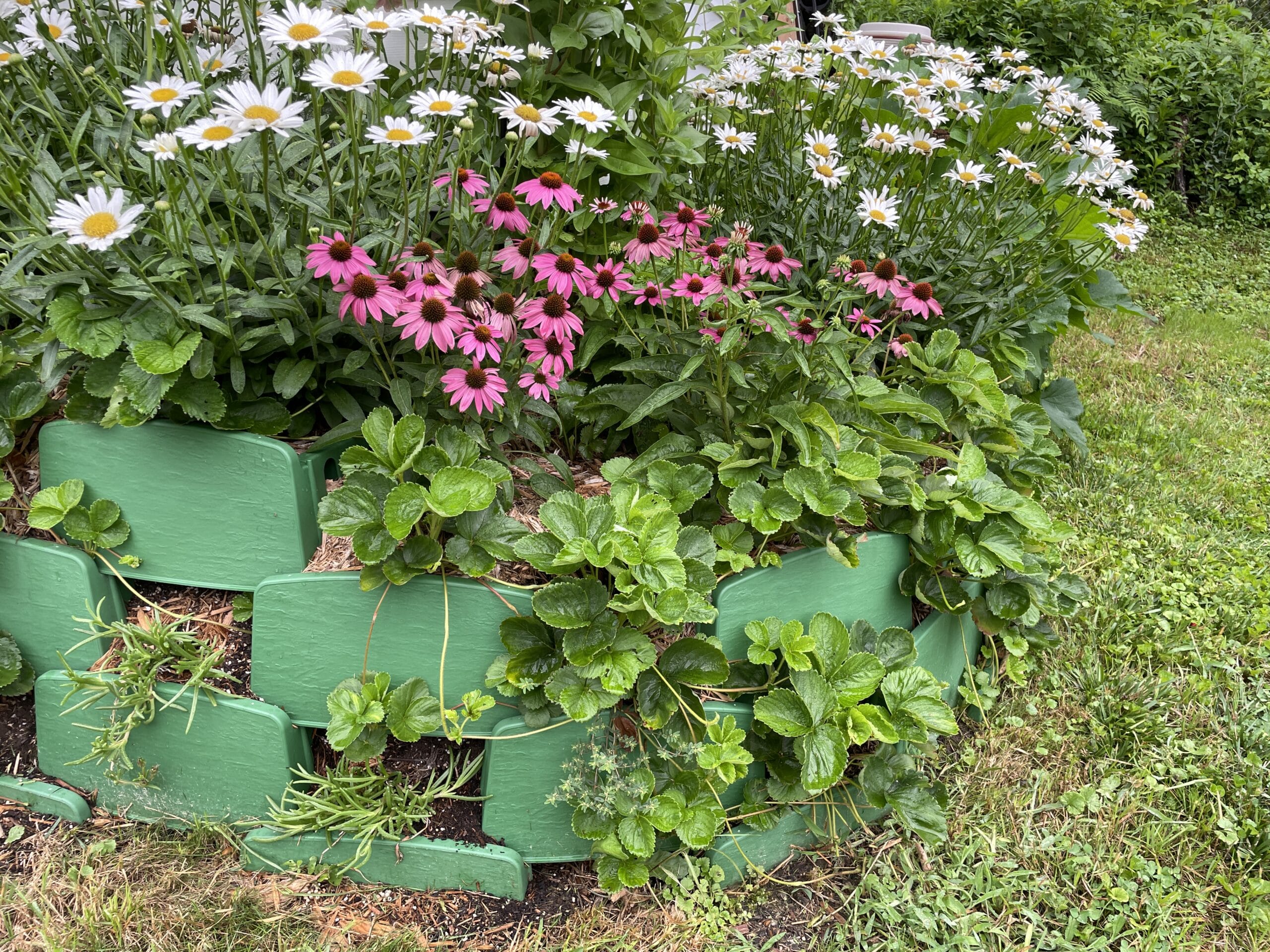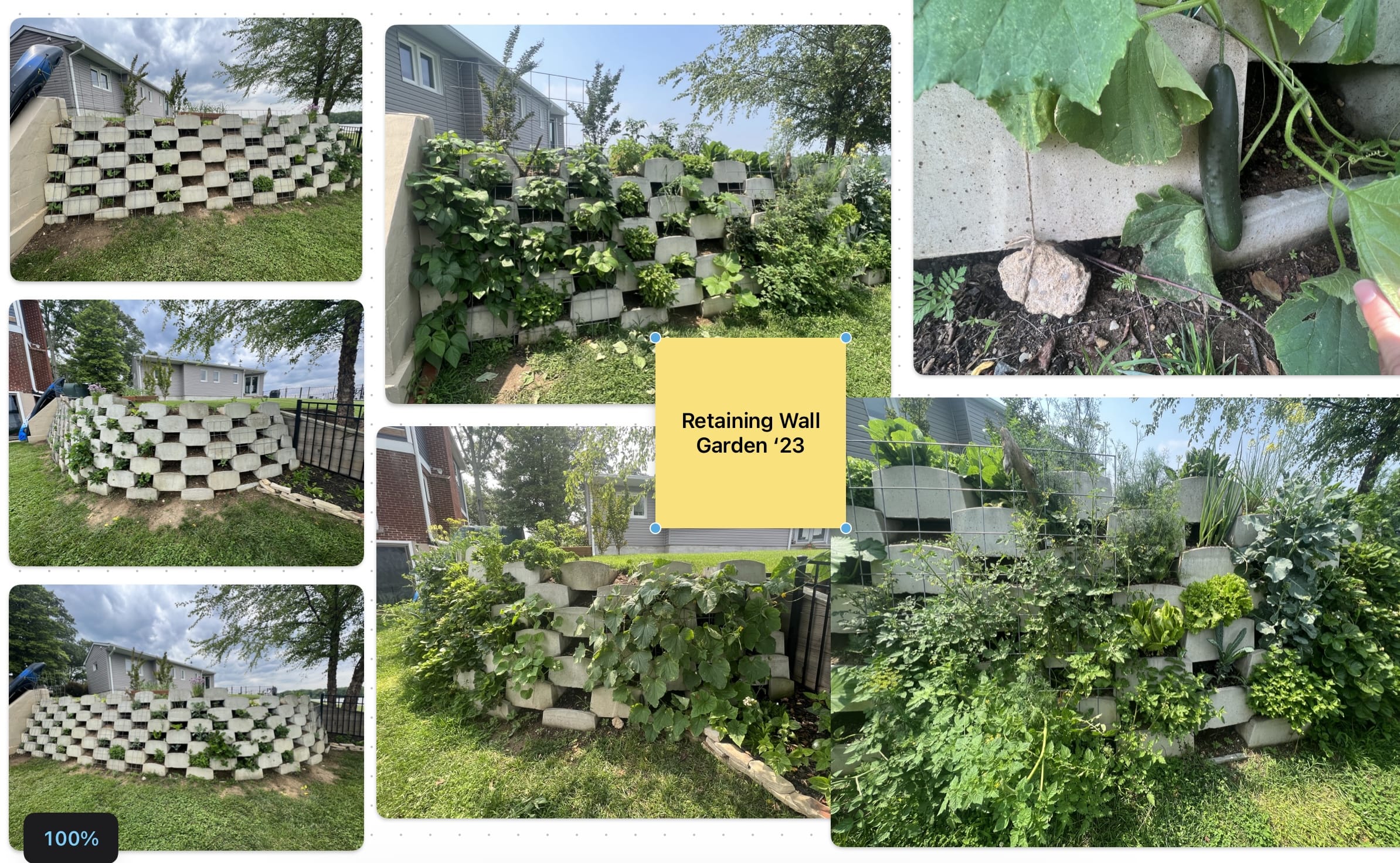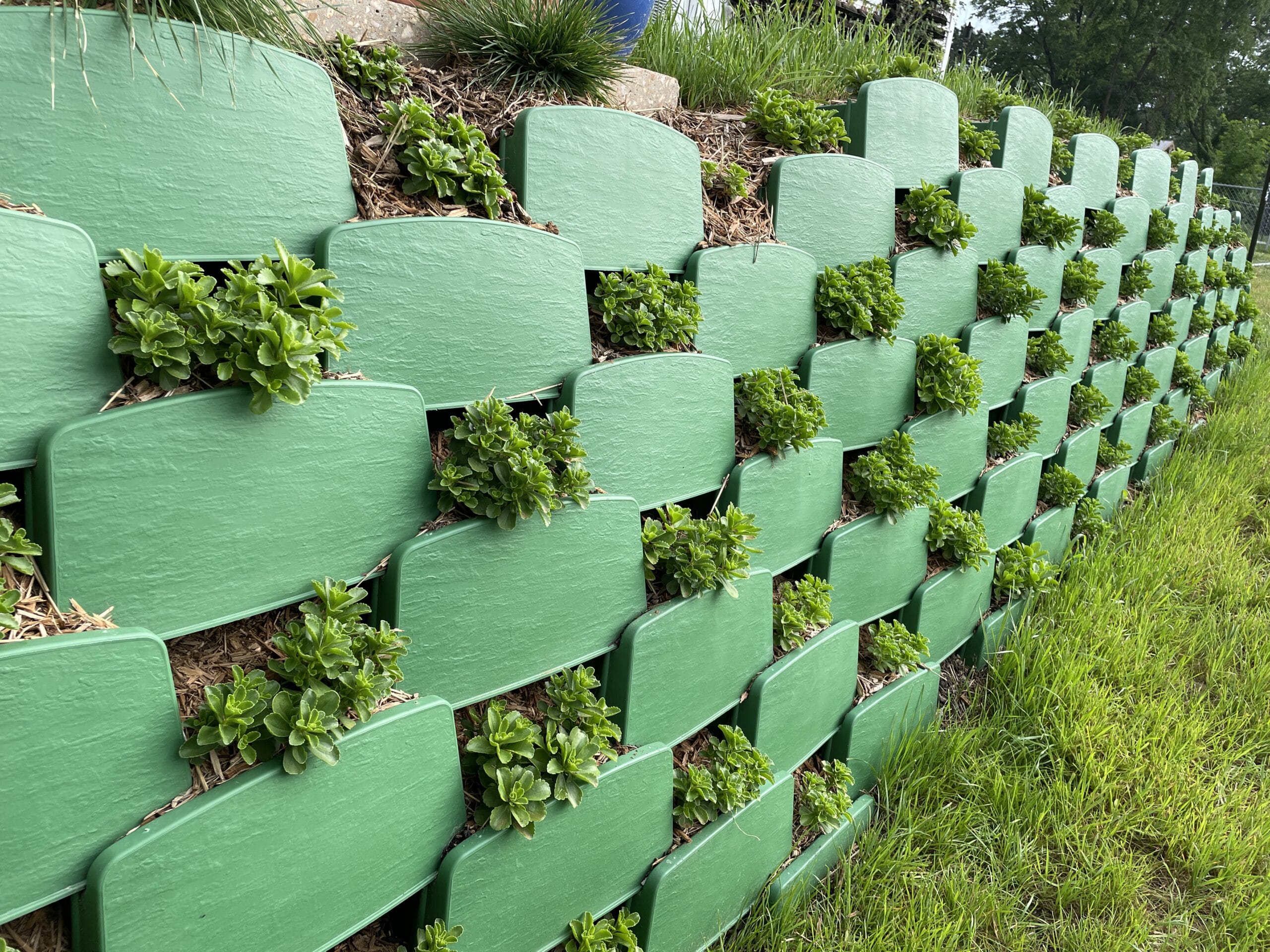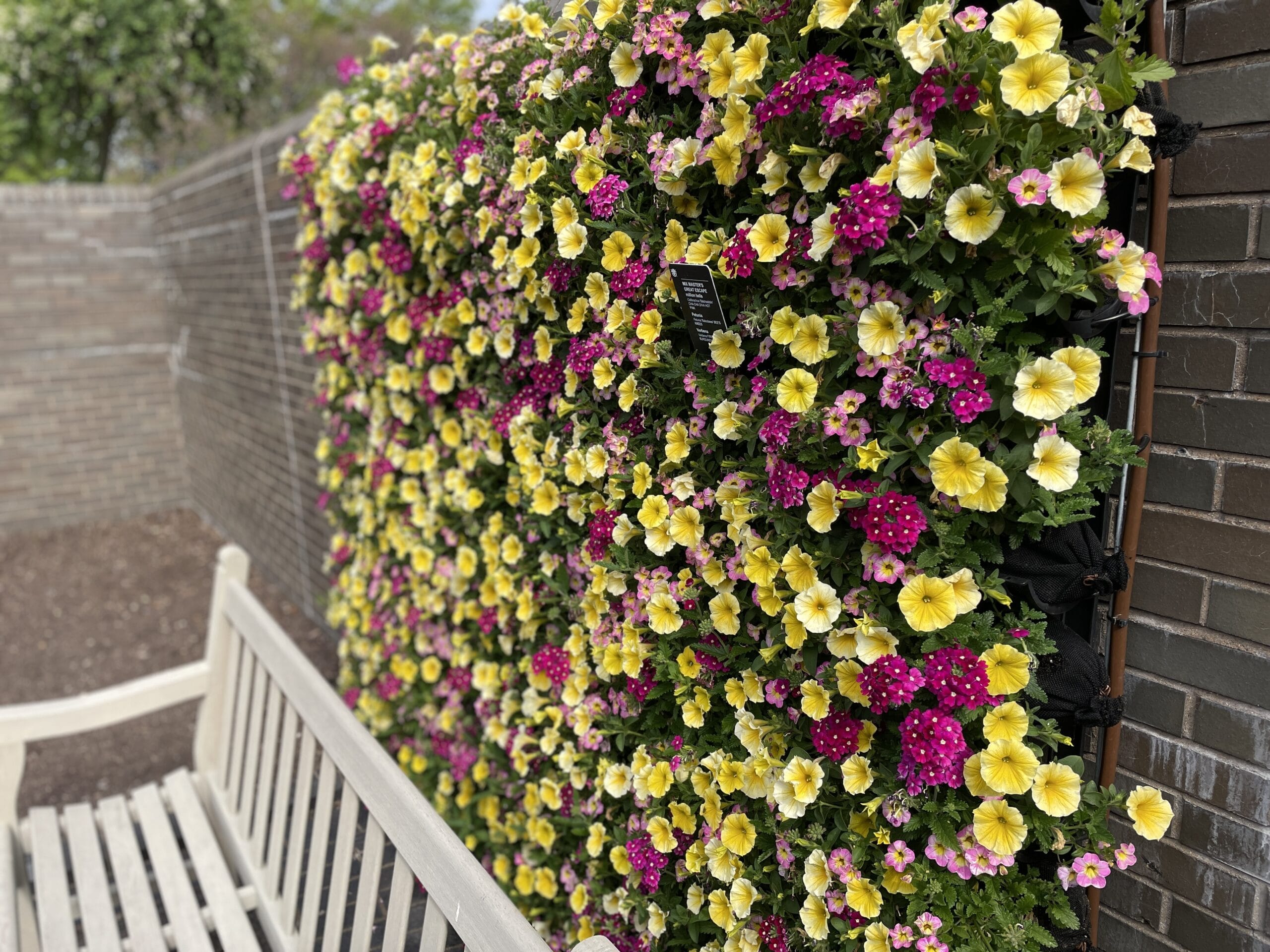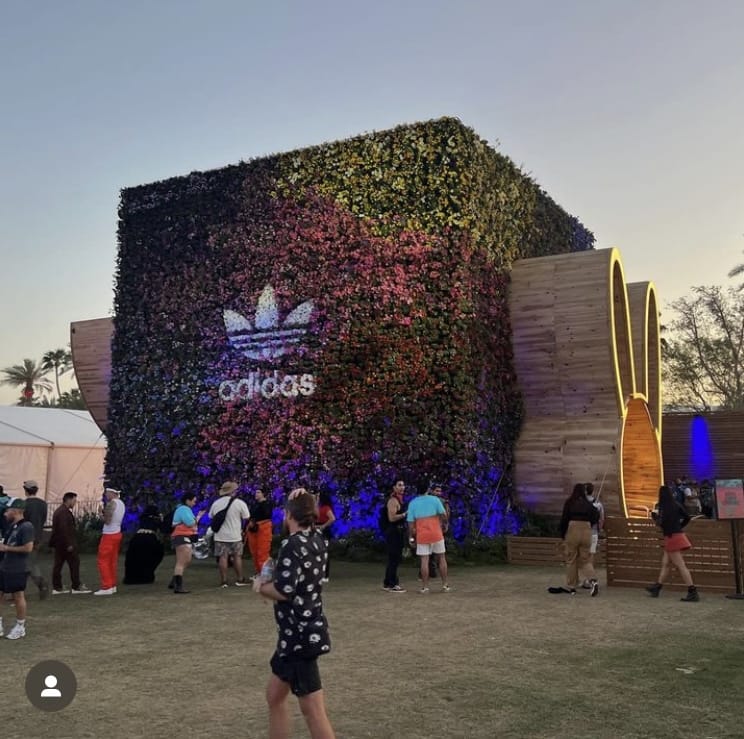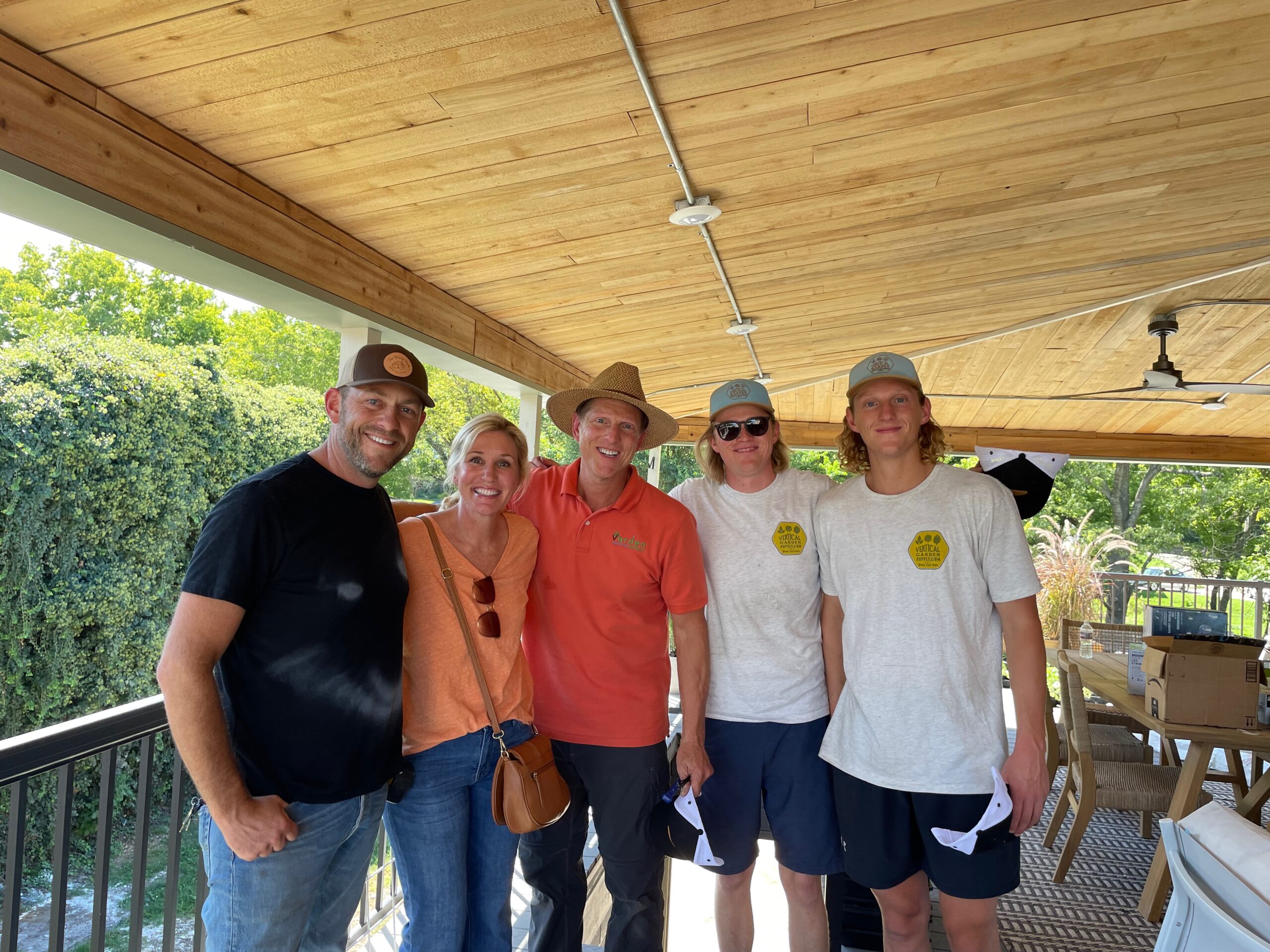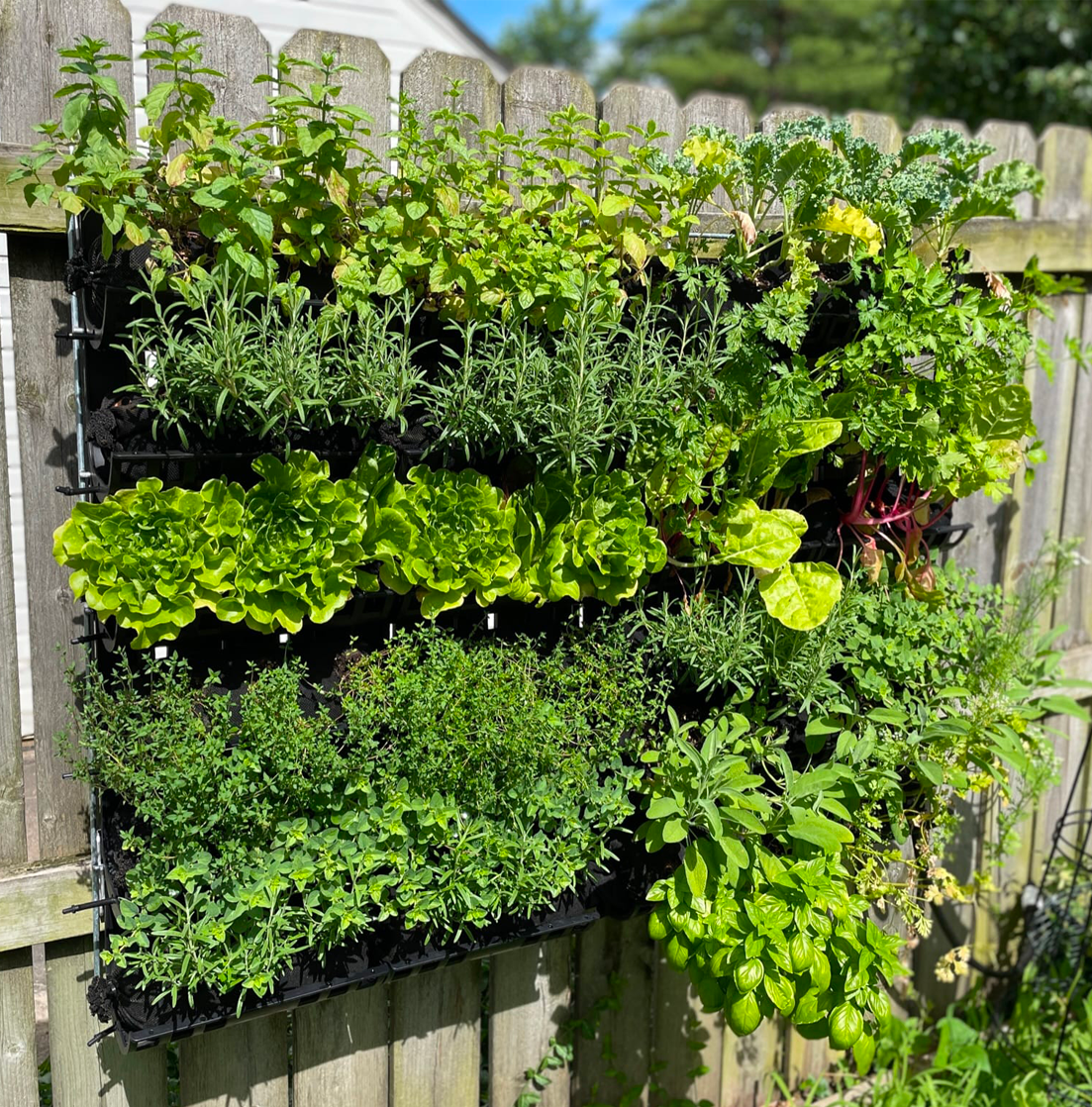How do I fertilize my vertical garden?
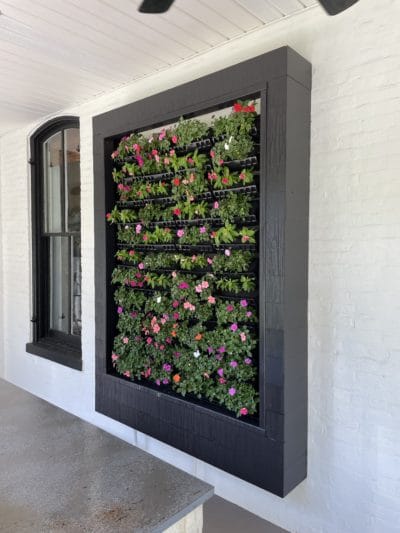 Fertilization is very important to having a successful growing season and harvest. I will review a few different tips and tricks to make your soil more diverse and productive. There are three important elements to consider when growing any edible or ornamental plants; nitrogen, phosphorus, and potassium. This is most commonly known as NPK in the green industry. Before adding any amount of fertilizer to your raised bed or vertical garden it is important to get a soil test from your local Horticulture Extension Office. This will give you insight on your soil pH, and levels of: potassium, phosphorus, calcium, magnesium, and organic matter that are currently present in your garden soil. The most common mistake made by home gardeners is making a fertilizer application without knowing anything about what is currently present. A simple soil test will paint a great picture of what your garden soil truly requires. Let’s take a look at the function of each nutrient and what it means for your plant growth!
Fertilization is very important to having a successful growing season and harvest. I will review a few different tips and tricks to make your soil more diverse and productive. There are three important elements to consider when growing any edible or ornamental plants; nitrogen, phosphorus, and potassium. This is most commonly known as NPK in the green industry. Before adding any amount of fertilizer to your raised bed or vertical garden it is important to get a soil test from your local Horticulture Extension Office. This will give you insight on your soil pH, and levels of: potassium, phosphorus, calcium, magnesium, and organic matter that are currently present in your garden soil. The most common mistake made by home gardeners is making a fertilizer application without knowing anything about what is currently present. A simple soil test will paint a great picture of what your garden soil truly requires. Let’s take a look at the function of each nutrient and what it means for your plant growth!
Nitrogen: It is a very important element and needed for vegetative plant growth. It is found in healthy soils, and gives plants the energy to grow, and produce fruit or vegetables. Nitrogen is actually considered the most important component for supporting plant growth since it is directly related to photosynthesis (the process by which plants convert sunlight into energy).
Phosphorus: Adding phosphorus to soil low in available phosphorus promotes root growth, winter hardiness, and speeds up plant maturity. It is recommended to add this early in the growing season by side dressing your crops.
Potassium: It is an essential element for plant growth and especially important to food crops. Potassium, often called potash, helps plants utilize available water, resist drought, and enhance fruits and vegetables. Plant roots are necessary for water and nutrient uptake, though you may not see them, it is important to keep them happy and growing!
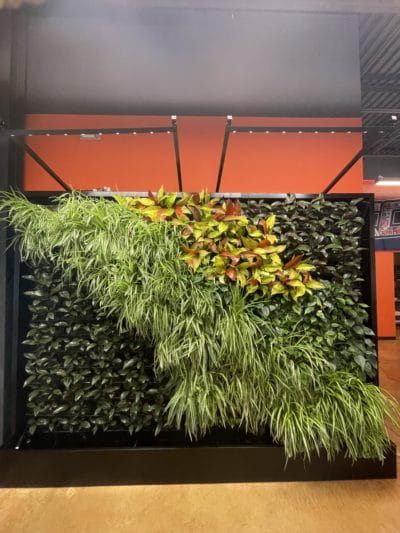 After you get the results of your soil test there is typically a recommendation of what you should incorporate to accomplish optimal soil health. There are plenty of ways to incorporate these essential nutrients into your soil profile. You can purchase: dry fertilizer, granular fertilizer, liquid fertilizer, and water-soluble fertilizers at any local garden center or home improvement store. Just pay attention to the level of NPK in each, this is listed on the label very clearly. Find the fertilizer that works best for your soil and plant needs!
After you get the results of your soil test there is typically a recommendation of what you should incorporate to accomplish optimal soil health. There are plenty of ways to incorporate these essential nutrients into your soil profile. You can purchase: dry fertilizer, granular fertilizer, liquid fertilizer, and water-soluble fertilizers at any local garden center or home improvement store. Just pay attention to the level of NPK in each, this is listed on the label very clearly. Find the fertilizer that works best for your soil and plant needs!
Personally, I like to fertilize in the spring during or before planting to give your seeds or fast start plugs the best possible chance of surviving transplanting. I would recommend another fertilizer application during the growing season when plants are rapidly using energy to increase plant growth and improve plant roots. The coolest part about growing vertically in our Varden Kits is how easy they are to fertilize during the growing season. You can simply hook up an injector to your main irrigation line and easily make a fertilizer application through the drip lines. A water-soluble fertilizer can be run through the drip lines and delivered directly to your plant roots for easy uptake. This makes it a breeze to add nitrogen, phosphorus, and potassium without needing a fertilizer spreader or having to touch any animal manure if that doesn’t seem fun to you!
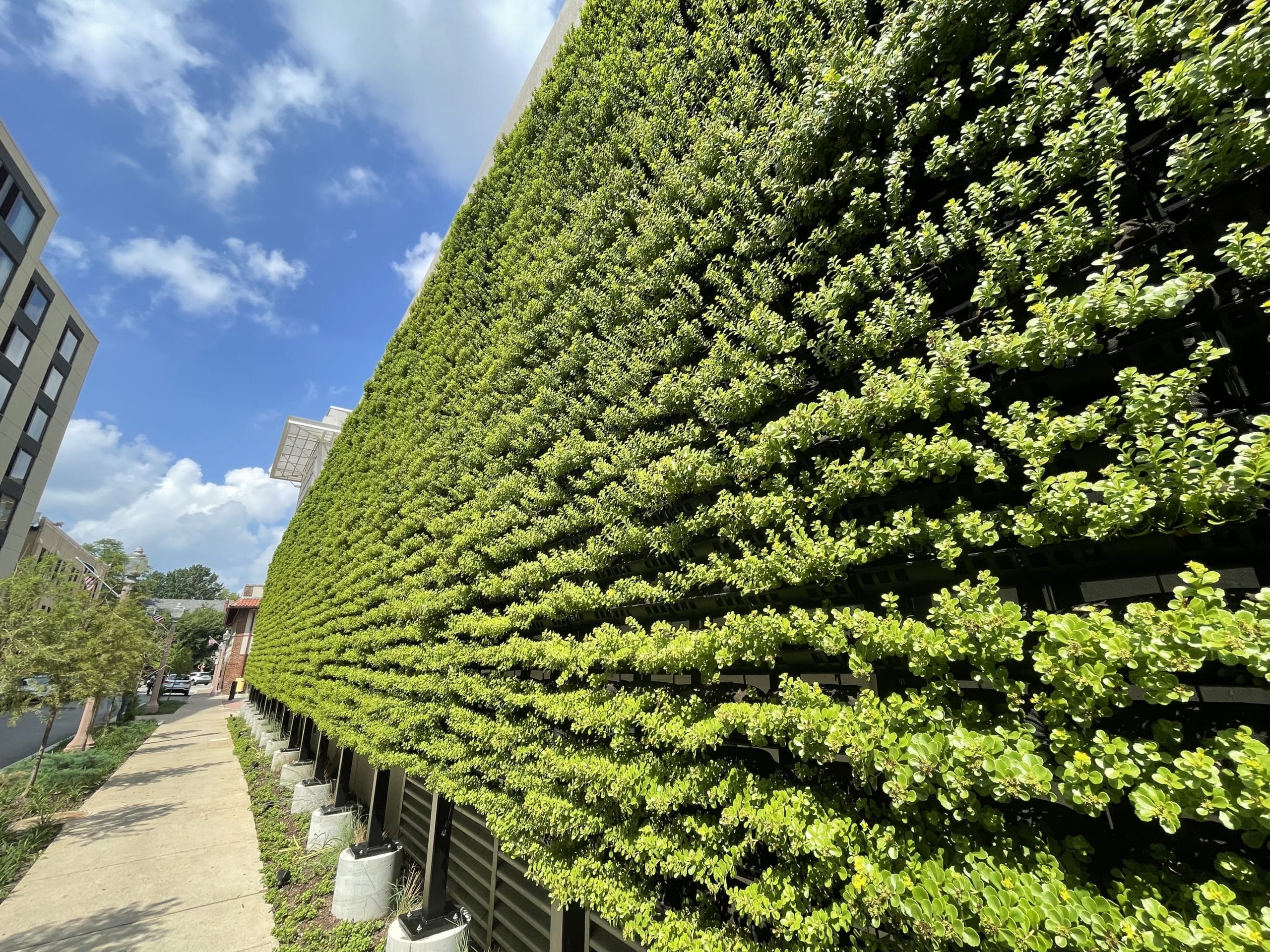 The other great thing about gardening vertically is the option to start your soil profile from scratch. You can fill our empty Vardensok with any type of media you would like. This gives you the most control of your end product, especially if you’re trying to grow organically. You can blend a local compost with bone meal, animal manure, worm castings, and fish emulsion to create a super diverse DIY garden soil. This will maximize your micronutrients, macronutrients, and water holding capacity. This will be very noticeable in your plant growth throughout the season; it will also make your food more nutritious and tastier!
The other great thing about gardening vertically is the option to start your soil profile from scratch. You can fill our empty Vardensok with any type of media you would like. This gives you the most control of your end product, especially if you’re trying to grow organically. You can blend a local compost with bone meal, animal manure, worm castings, and fish emulsion to create a super diverse DIY garden soil. This will maximize your micronutrients, macronutrients, and water holding capacity. This will be very noticeable in your plant growth throughout the season; it will also make your food more nutritious and tastier!
I will cover the function of each organic additive that I mentioned so you can quickly reference what will work best for you.
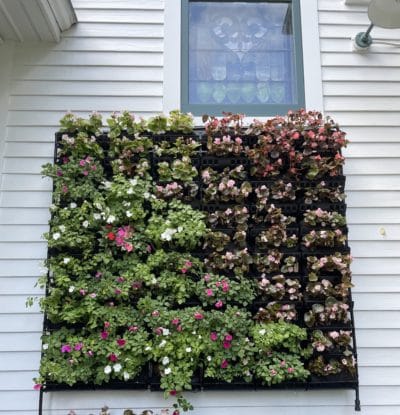 Bone Meal: increases phosphorus in soil for optimal spring gardening results. Essential in the development of strong root systems, this element is released into the soil for up to four months. Slow, steady delivery of nutrients helps you grow plenty of big, blooming flowers, fruits, and vegetables.
Bone Meal: increases phosphorus in soil for optimal spring gardening results. Essential in the development of strong root systems, this element is released into the soil for up to four months. Slow, steady delivery of nutrients helps you grow plenty of big, blooming flowers, fruits, and vegetables.
Worm Castings: helps increase soil water retention, improve soil aeration and anchor plant nutrients that would otherwise leach away with water. Castings also feed beneficial soil microorganisms that produce, store, and slowly release plant nutrients into your soil to feed plants.
Fish Emulsion: is a great organic fertilizer that adds a quick boost of nitrogen that will feed your leafy greens and veggies.
Animal Manure: It not only supplies primary nutrients (NPK) and micronutrients for plant growth, but also is a great source of organic matter.
I hope this article has helped you understand how important soil health is to having a successful garden. Please use this as a reference as we move into fall and think about prepping your garden for next spring, get growing!
